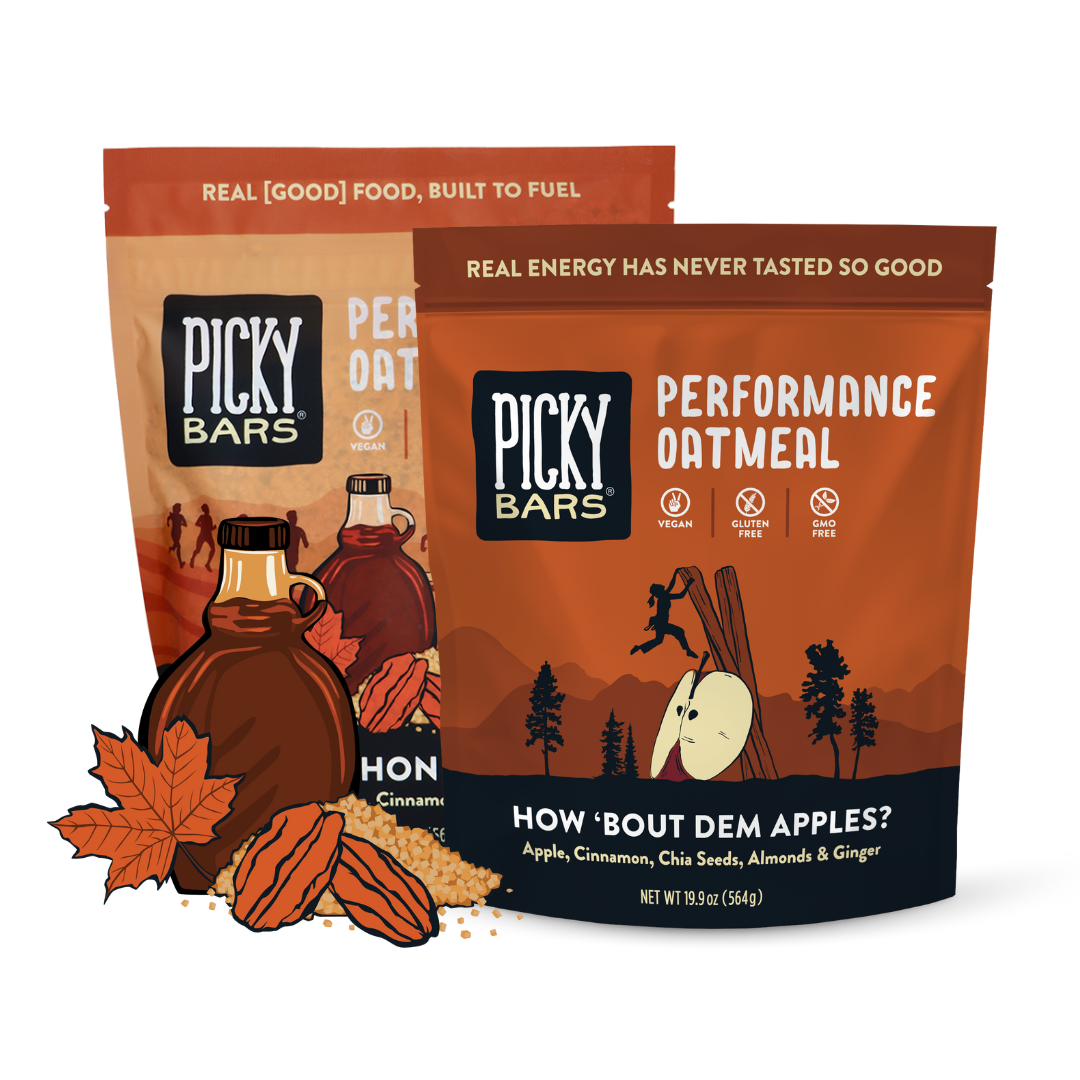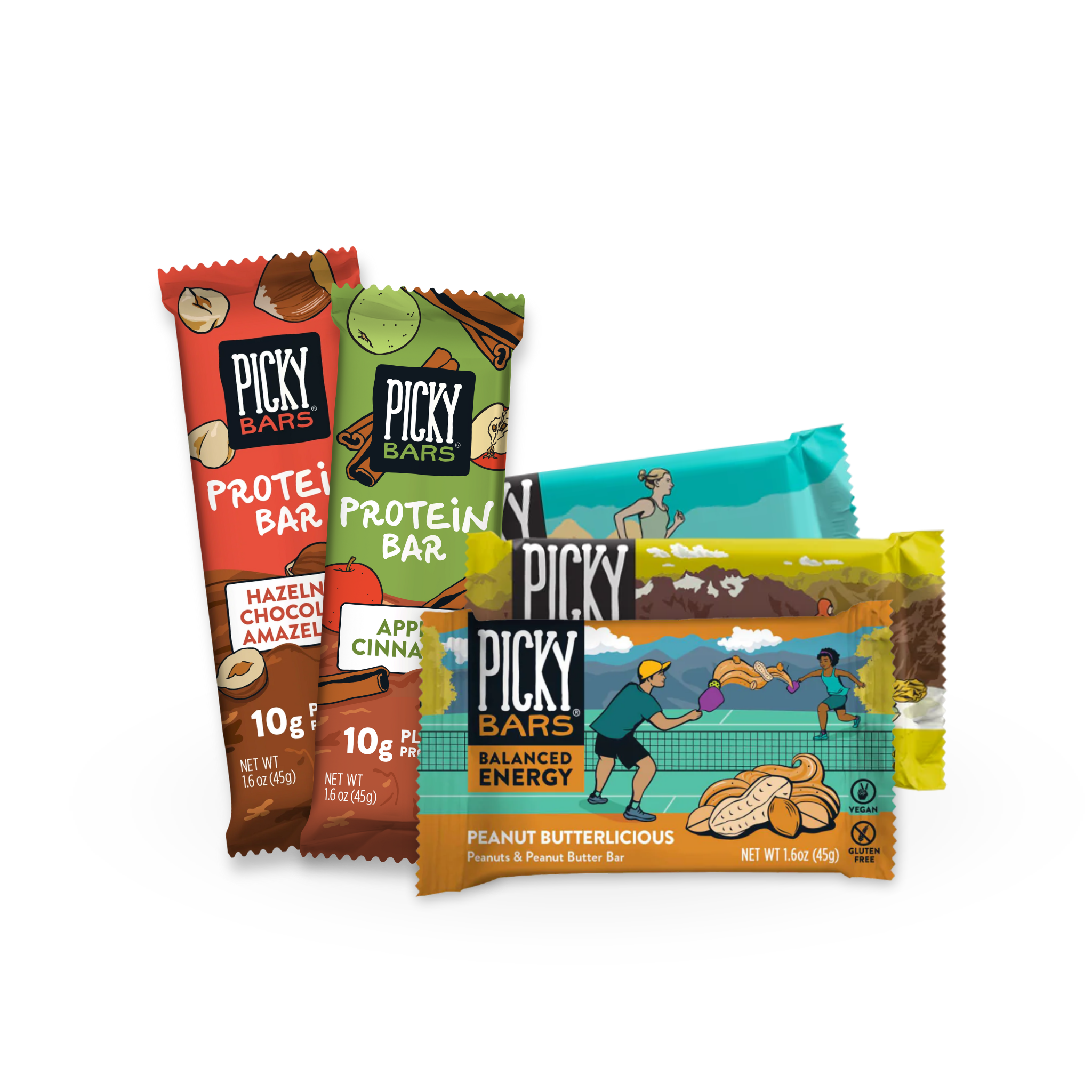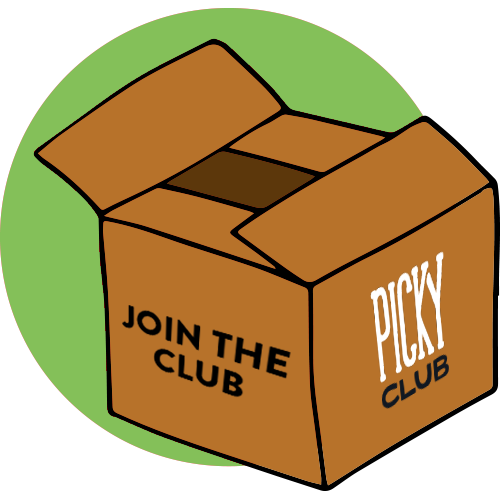· By Sarah Conklin
Guest Post: Caitlin Leverenz, From Diets to Fueling

One of the coolest parts of sponsoring professional athletes is getting to pick their brains for all their superhuman know-hows and abilities. Today we have Caitlin Leverenz, badass Olympic Bronze Medalist swimmer who’s currently in the heat of her summer season. She also just recently got married and has awesome short hair. We dig her, and think you will, too. She’s talking today about struggling through the transition from “eat anything and everything” to “fuel your performance” which, clearly, we enjoy hearing about. Take it away, Caitlin!
My parents first put my older brother and I in swimming as a way to get in some exercise and beat the hot Arizona summer heat. I took an immediate love to the sport and at age seven tried to convince my mom to let me swim year round on a club team. She didn’t go for it that year, but after more relentless begging the next year she gave in and signed me up. She thought it would be a passing phase, something I would grow out of or quit when it got cold. Little did my parents know what they were getting into…

Every sport has its own culture and it didn’t take me long to love and embrace the swimming culture. This consisted of long and grueling pool sessions and “dryland” sessions; bonding with your teammates over how tired we all were; being proud of being smart and tough athletes; picking our favorite Olympic swimmers (Natalie Coughlin for me) and dreaming of being just like her; and last, but definitely not least, the swimming culture consisted of lots and lots food.
A swimmers diet consisted of anything and everything. We would have big pasta feeds before competition. At swim meets you could buy a shirt that says, “Eat. Sleep. Swim.” I even missed a race or two when I was younger because I was waiting in line at the snack bar. Food clearly plays a big role in my sport.
As a young athlete the idea of eating anything and everything was very true in my life. I was growing and working out so much that I just ate an enormous amount of calories. My favorite swim meet meal used to be fettuccine chicken alfredo and endless breadsticks. (If my mom got her way it would have broccoli in there, too.)
I grew and advanced in the sport quickly. I made my first junior national team at age thirteen. By age fifteen I was competing internationally for the US National team. At seventeen I narrowly missed making the 2008 Olympic Team by just tenths of a second.

As I got faster and matured in the sport I don’t think my eating habits matured at as fast of a pace. By the end of high school I started to find myself struggling with being too heavy, despite the fact that I was training 20 plus hours a week. As a freshmen in college at UC Berkeley I enjoyed the wide selection of food at the dining halls (especially the endless cereal bar, because who doesn’t like cereal three times a day?) and I lived up to the stereotypical “freshmen fifteen” weight gain.
This is about the time I started to learn a lot from coaches, teammates, nutritionists, and books, and tried to figure out this whole eating thing. Clearly the “anything and everything” swimmer’s diet was not going to cut it for me anymore.

400 Medley Relay Championship Final
Even though my race is only 2 to 4 ½ minutes long (depending on the event), swimming is considered an endurance sport based on the number of hours and yardage in training. Currently as a professional swimmer I train about 25 hours a week and at least 15 of those hours are in the pool swimming. Even with (or maybe because of) all of this training I have discovered that I really have to pay attention to what I put into my body as fuel.
I went through a phase in college of giving fad diets a try. I was frustrated with my weight and my body when I looked at myself in the mirror. I tried gluten free, paleo, clean eating, a diet to increase metabolism, and even a diet entirely free of sugar. What I found in all of this exploration is that there is no “right” or perfect answer. I wanted an exact formula that would make me perform at my best, look skinny, and taste delicious all at the same time.
In my undergraduate work at UC Berkeley I had a huge honor of taking a class taught by Michael Pollan, author and food activist. He simplifies things to the closest thing I think I am going to get to an exact formula: Eat [real] food, not too much, mostly plants. This has been how I now structure my swimmer’s diet (except depending on the workout I sometimes throw out the “not too much” part… ) My plate for any given meal will be more than half vegetables of some sort. I hopped on the green smoothie bandwagon and I have one of those every morning. For a long time I didn’t eat any sort of nutrition bar/ powder/ or supplements because I couldn’t find anything that I could actually consider real food. Now Picky Bars fill that void and are my go-to snack food or before practice or race fuel.

I have also learned the importance of letting myself be imperfect. I would be lying to you if I told you that I only eat vegetables, lean proteins and Picky Bars. The truth is that I love ice cream and chocolate. So I allow myself to have those treats on hard workout days when I have really earned it, or occasionally if I am just having a bad day and need a pick-me-up. Enjoying a treat every now and then is not going to kill my athletic performance, and frankly I am happier when I get to do that.
I am currently training to make my second Olympic team with Trials just over a year away. I am still in a constant state of learning as I get older and my body changes my nutritional needs change too. I have long outgrown those days of eating anything and everything…
– Caitlin Leverenz
Olympic Medalist Swimmer, sponsored by Picky Bars
The post Guest Post: Caitlin Leverenz, From Diets to Fueling appeared first on Picky Bars.





